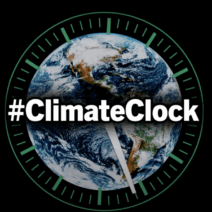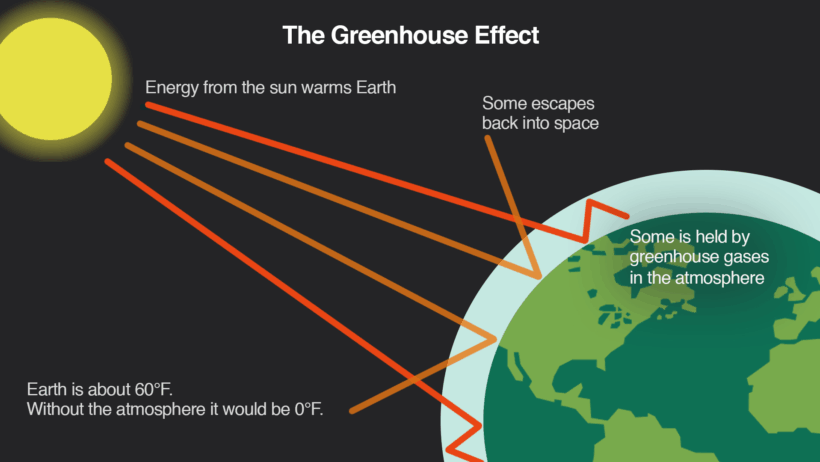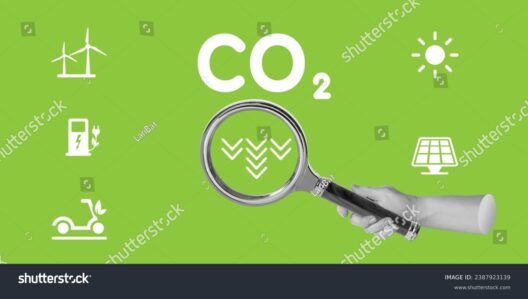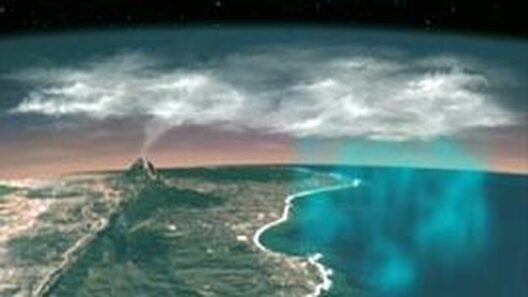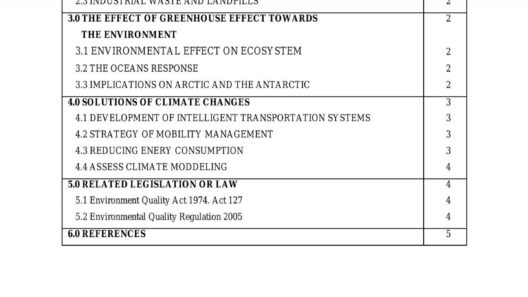The dissemination of greenhouse gases (GHGs) into the atmosphere serves as an insidious veil, wrapping our planet in a blanket that moderates temperatures but also escalates global warming. This phenomenon can be likened to a fever: a natural response to combat infection, yet perilous when left unchecked. By exploring the impact of GHGs, we uncover a tapestry interwoven with ecological, social, and economic threads, each affected by the relentless march of climate change.
At the heart of this discussion are the principal actors: carbon dioxide (CO2), methane (CH4), nitrous oxide (N2O), and fluorinated gases. Each has a distinct role, contributing to the greenhouse effect wherein solar radiation is trapped by atmospheric gases, thus fostering a warming environment. Together, these gases create a feedback loop that intensifies their own impact on our climate.
Understanding these effects isn’t mere scientific curiosity; it is paramount to deciphering our future. Let’s navigate through the intricate pathways influenced by greenhouse gases, revealing both their immediate repercussions and far-reaching implications.
Atmospheric Alchemy: The Transformation Driven by Greenhouse Gases
The analogy of atmospheric alchemy aptly encapsulates the transformation fueled by GHGs. Just as an alchemist seeks to transmute base metals into gold, the presence of greenhouse gases transmutes our planet’s climatic balance, leading to an unprecedented era of environmental volatility.
As CO2 concentrations rise, primarily from fossil fuel combustion and deforestation, the Earth’s temperature climbs steadily, melting polar ice caps and causing sea levels to rise. The Intergovernmental Panel on Climate Change (IPCC) warns that the relentless influx of carbon dioxide is driving us towards critical thresholds that, when crossed, can precipitate irreversible damage.
Methane, albeit less prevalent, is importantly potent; it possesses a warming potential over twenty times that of CO2 when considered over a 100-year period. Stemming from livestock digestion, rice paddies, and leaking natural gas, methane expedites the warming process, leading to more extreme weather events. The latent heat from these events can disrupt ecosystems and human settlements alike, creating a cascade of impacts that unfold like a series of dominos.
As GHG concentrations burgeon, the synergy between temperature increases and moisture levels alters precipitation patterns. Regions that traditionally thrived on predictable rainfall find themselves parched, while others face deluges from erratic storms. This shift not only threatens agricultural productivity but also places immense strain on water resources, exacerbating conflicts over this precious commodity.
The Meltdown: Ecological Catastrophes and Biodiversity Loss
As the planet warms, the narrative of natural ecosystems undergoing metamorphosis unfolds, often leading to chaotic transformations. The increasingly acidic oceans, a result of CO2 absorption, threaten coral reefs, which serve as biodiversity hotspots. These ancient underwater cities, rich in marine life, are wilting under pressure, losing vibrancy and resilience.
Forests, too, are not immune. Elevated temperatures and protracted droughts act like a double-edged sword, fueling wildfires that sweep through landscapes, obliterating habitats. The loss of biodiversity ripples through trophic levels, destabilizing food webs and prompting endemic species toward extinction. Moreover, the migration of species seeking favorable climates disrupts local ecological balances, often leading to the introduction of invasive species that outcompete native flora and fauna.
In essence, the enchanting ecosystem once vibrant with life is transforming into a collage of stark contrasts, where species fight for survival amid the warming chaos. The interconnectedness of ecosystems reveals the profundity of GHG influence; as one element falters, the entire structure is at risk of collapse.
The Human Toll: Societal Impacts and Economic Ramifications
Beyond the environmental dimension, the ramifications of greenhouse gases penetrate deeply into society and the economy. They incite not merely a change in climate but also a metamorphosis in human interaction with the natural world. Agricultural systems face mounting challenges, pushing food security to its limits. Crops that once flourished in temperate climates struggle against rising temperatures, leading to diminished yields and heightened food prices—creating a divide that disproportionately affects vulnerable populations.
The insurance sector, too, finds itself in a precarious position; the increasing frequency of natural disasters poses risks that threaten the viability of companies. As these climatic phenomena escalate, so does the need for infrastructure adaptations, requiring substantial financial investments that governments and communities often struggle to accommodate.
Climate change, instigated by gases that trap heat, creates a ripple effect, forcing populations to migrate from devastated areas, triggering climate refugees and, consequently, geopolitical tensions. As humanity grapples with the consequences of its actions, it becomes clear that failure to address GHG emissions not only endangers natural ecosystems but also decimates social cohesion and economic stability.
In conclusion, the intricacies of greenhouse gases reveal a labyrinthine array of impacts that extend far beyond the realm of meteorology. Their influence—akin to that of a shadowy puppet master—unfolds across ecological, societal, and economic dimensions, orchestrating a symphony of change that resonates throughout the globe. Addressing this multifaceted challenge requires a harmonious approach, as we seek to reclaim our climate narrative and protect both the planet and future generations.


